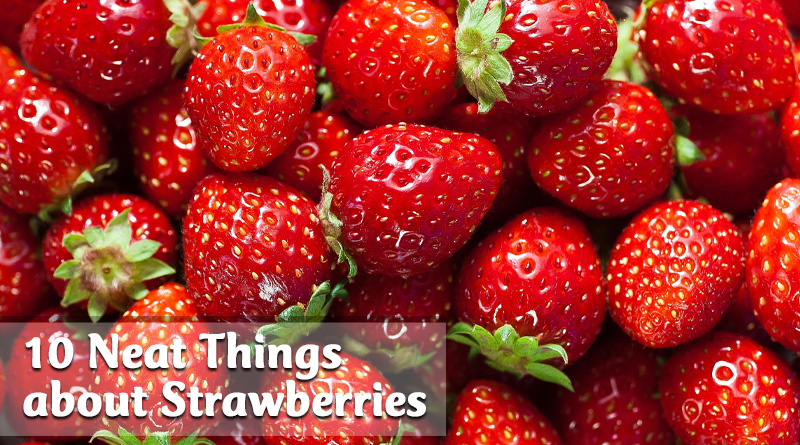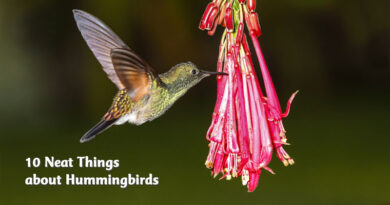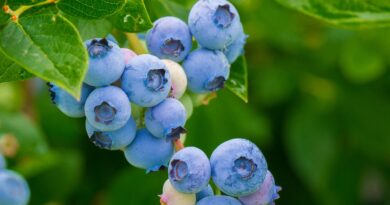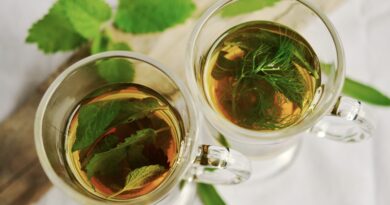About Strawberries
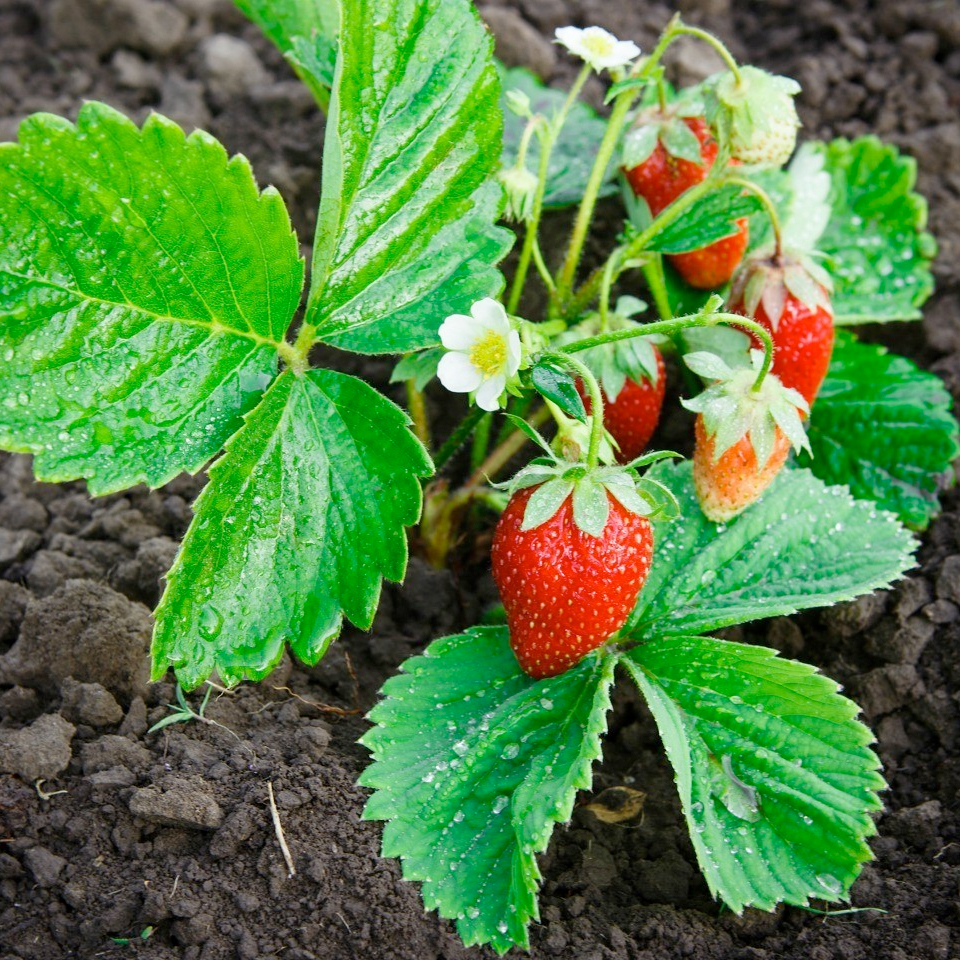
1. The strawberry isn’t a berry.
It isn’t even a fruit. Botanically speaking, the strawberry is a false fruit because it isn’t formed from the plant’s ovaries but from a bowl-shaped organ (the hypanthium) that holds the ovaries. Botanists ought to keep their hands off the language.
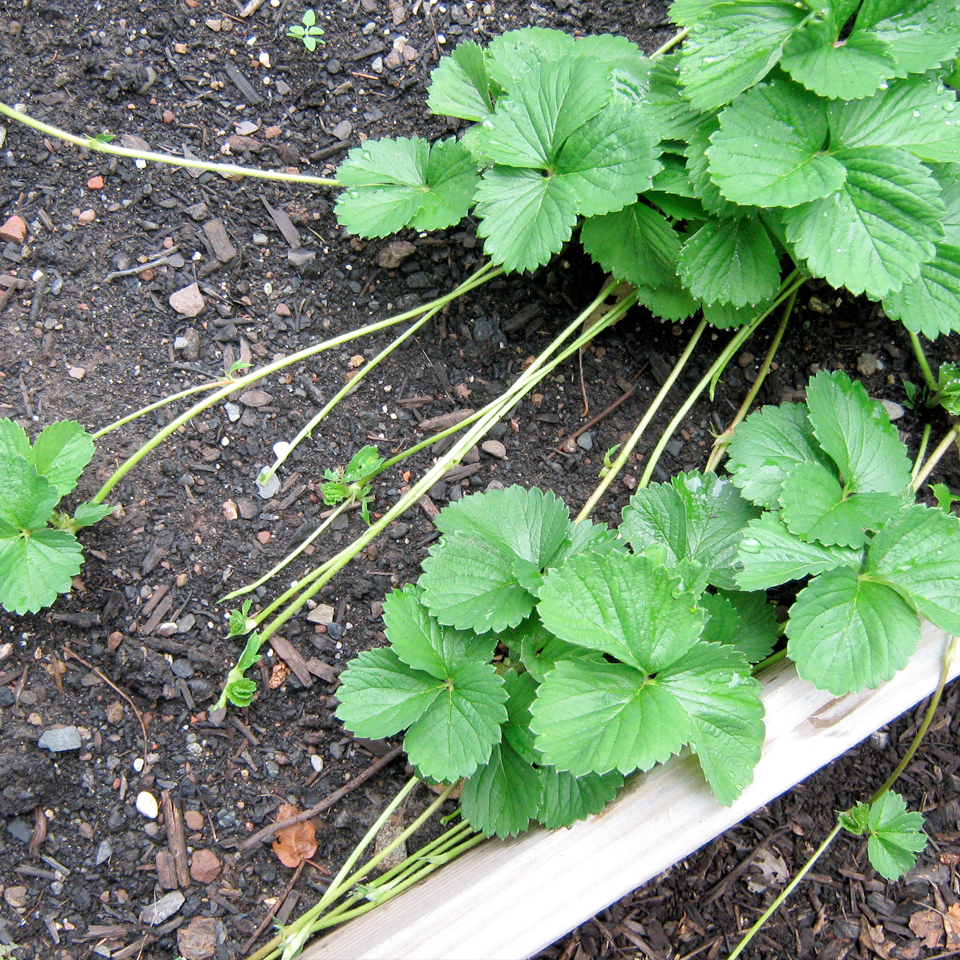
2. What have strawberries to do with straw?
You may have heard that strawberries are so called because Victorian children would pick them and thread them on to pieces of straw. (They didn’t have television so took their entertainment where they could find it.) That theory is wrong. The name dates back over 1,000 years. That’s before they were cultivated (they were simply picked wild), so the name isn’t related to mulching with straw, either. The best guess is that the runners of the plant, growing rampant in the wild, look like pieces of straw.
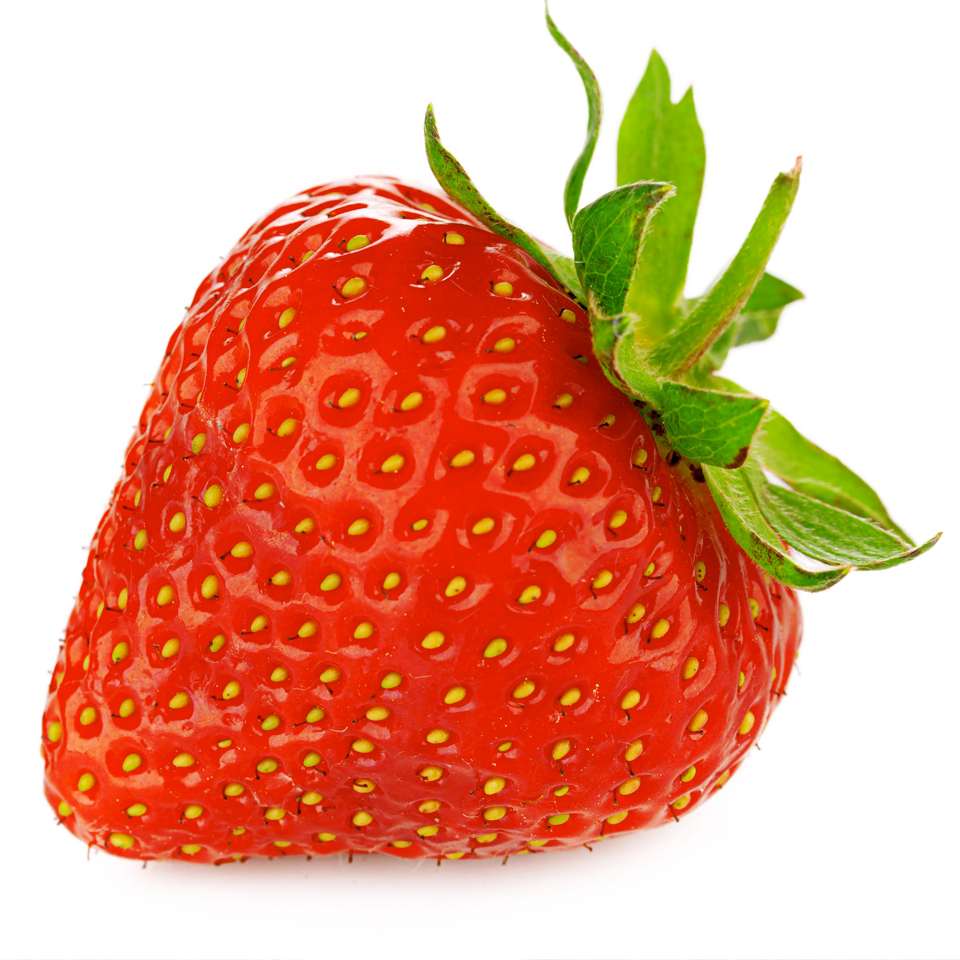
3. Caps on.
Leave the stems and caps on your strawberries as long as possible after picking them. When the cap is removed from the berry, it triggers an enzyme release that destroys the Vitamin C.
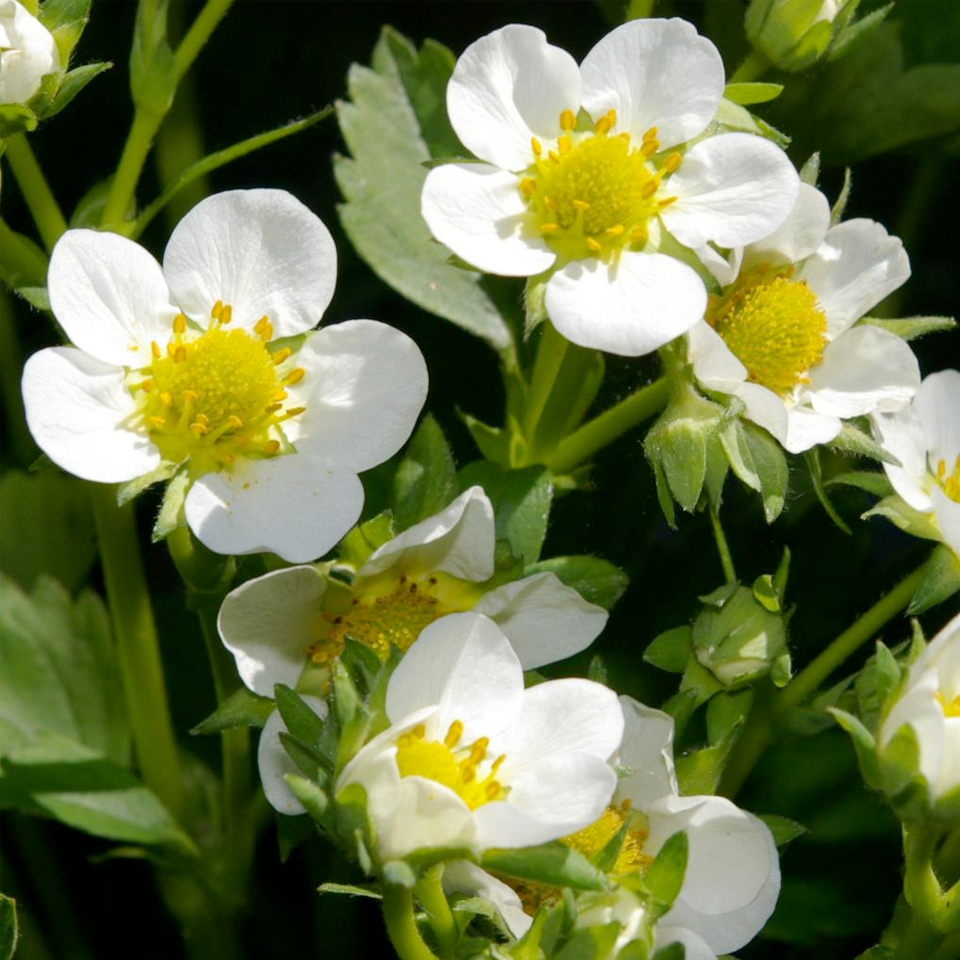
4. Have patience.
The first year you put in strawberry plants, remove the blossoms. That way the plant will put energy into growing strong roots rather than berries. You won’t get any berries the first year, but you will be rewarded with fantastic crops in the future.

5. Health food.
In one study of a group of over 1,200 elderly people, it was found that those who ate strawberries regularly had one-third the rate of cancer development of those who rarely or never ate fruit.
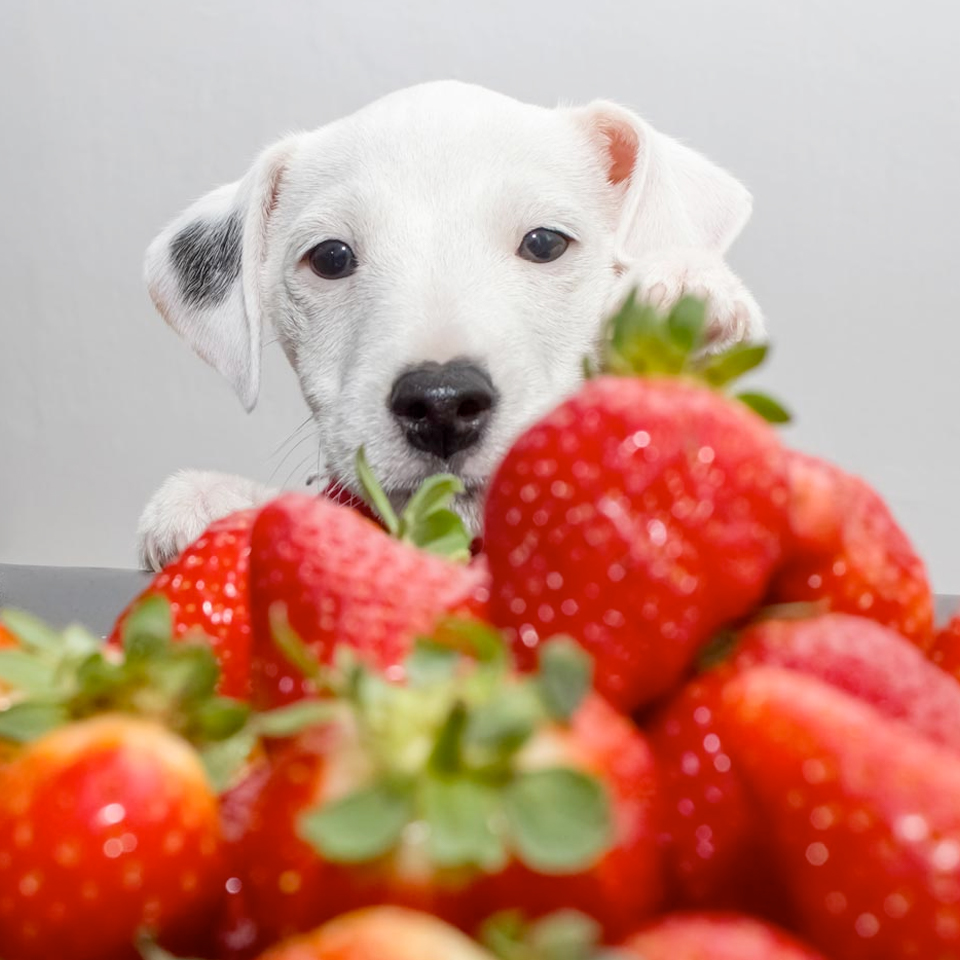
6. Smart food.
Eating strawberries seems to reduce the effects of age-related decline in brain function in animals. As well, rats fed strawberries showed improved learning capacity and motor skills.
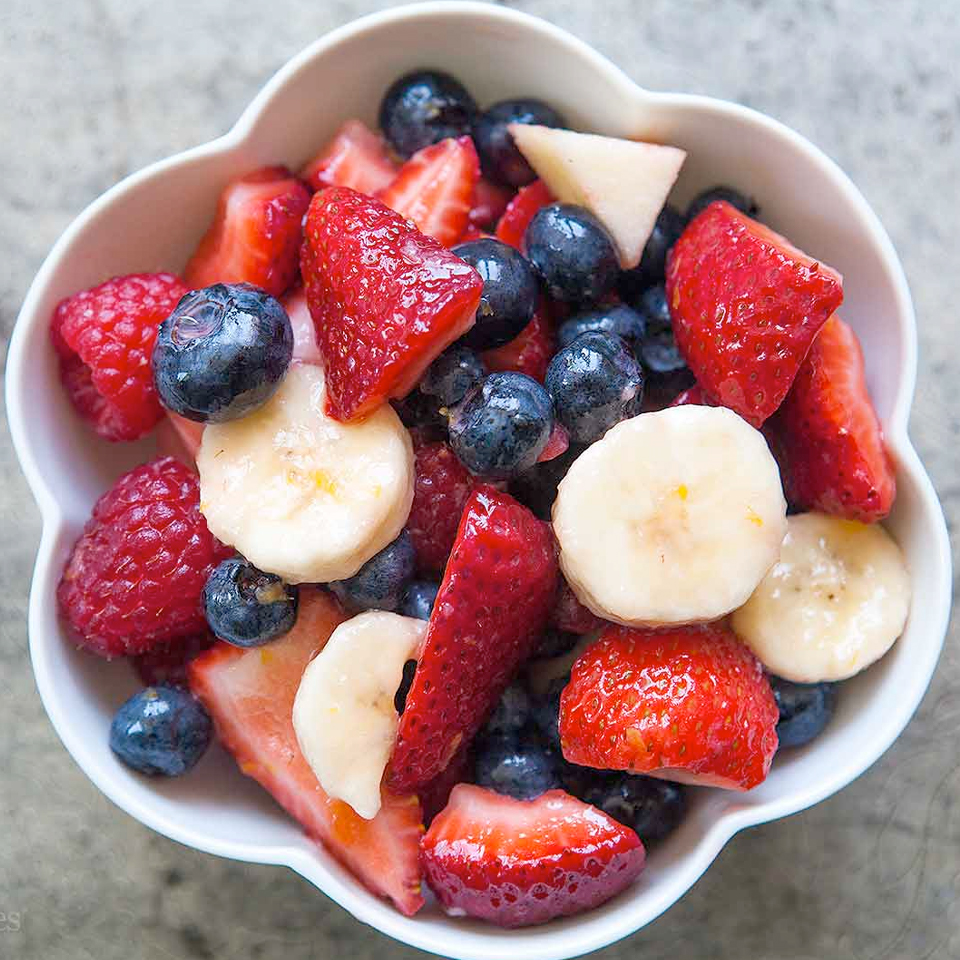
7. Diet food.
A whole cup of sliced strawberries has just 50 calories. That beats all heck out of any artificially sweetened treat.
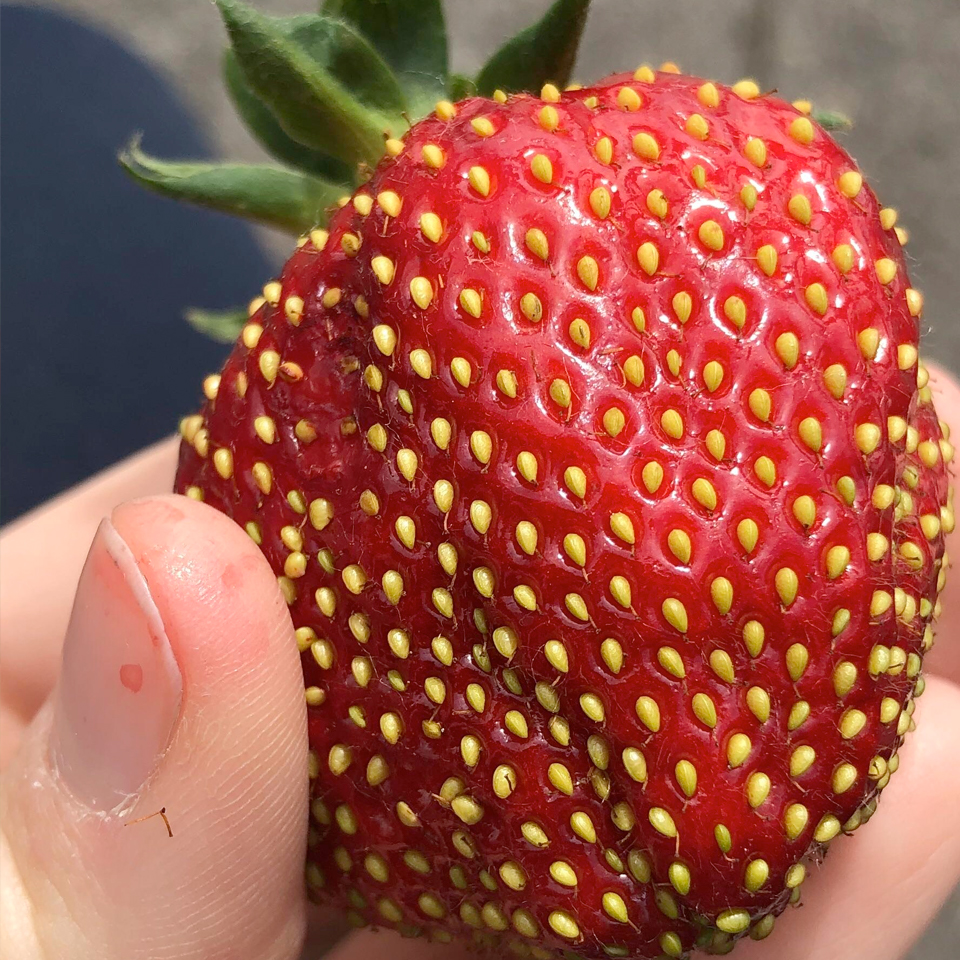
8. Very seedy.
The average strawberry has 200 seeds.
9. Citizens of the world.
Strawberries are native to Europe, Asia, North America and South America. They’ve been growing on their own around the world for thousands of years. Perhaps they are so dispersed because a strawberry will survive a bird’s intestinal tract, so a seed eaten in one place will germinate when… um… deposited in another.
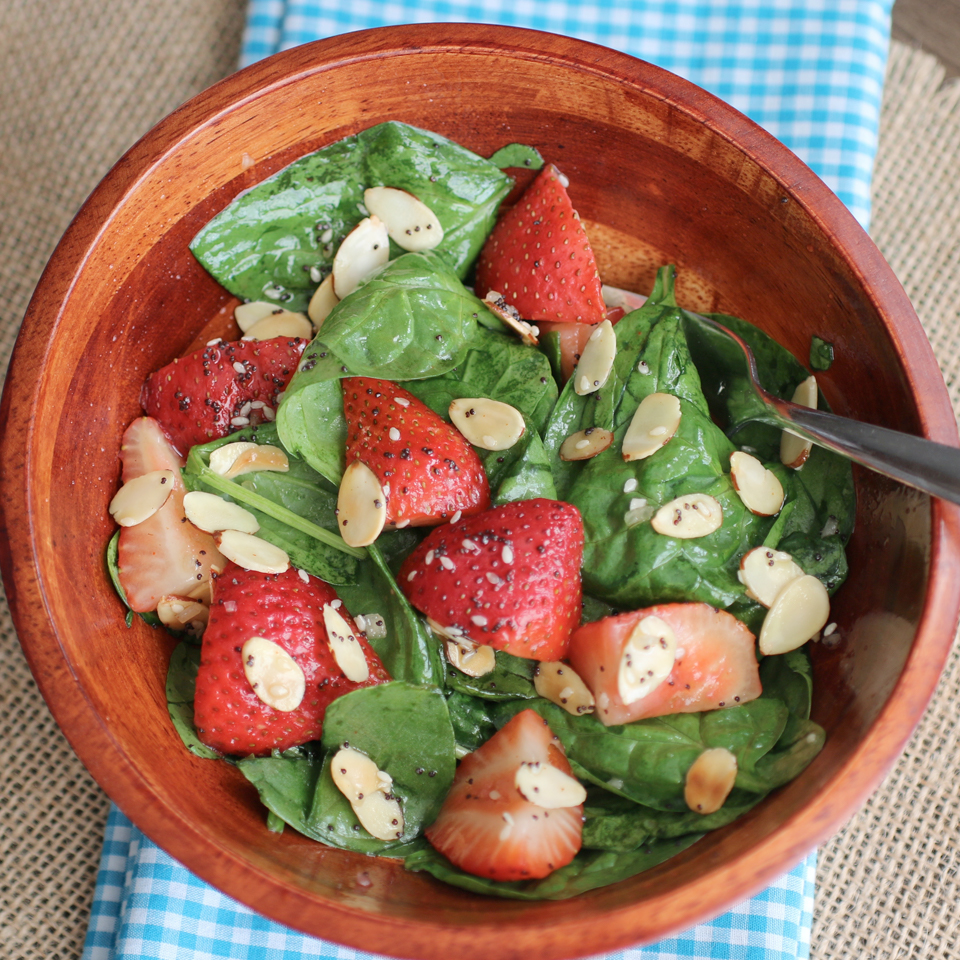
10. Strawberry salad.
If you find yourself with a pint of strawberries that don’t taste as ripe as they look, try slicing them into a green salad. They’re pretty, they taste magnificent with balsamic vinegar and black pepper, and they get my kids to scarf back salad and ask for more. Truly a miracle food!
-Shauna Dobbie Copyright ©
Pegasus Publications Inc.

